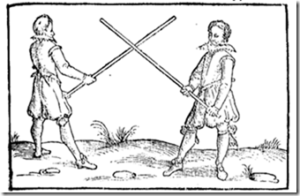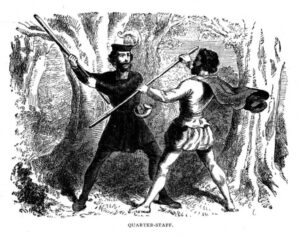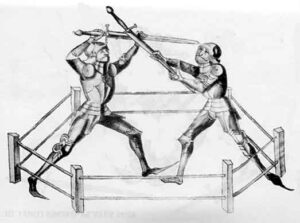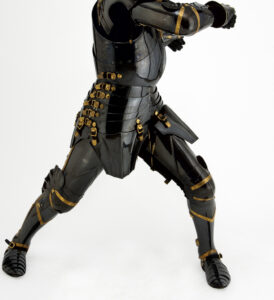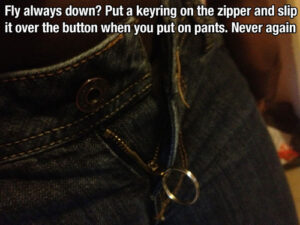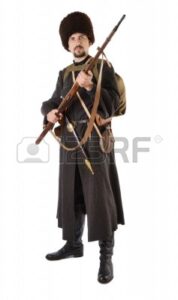My cold is still messing with me, but I am on the mend. There is a severe weather warning for Monday, just in time for me to go back to work!
The cold has been messing with my sleep patterns, so I ended up lying awake in the early hours of the morning, drinking copious amounts of water and my slightly fevered brain processing ideas about quarter staves and naginata. One revelation that came to me was that the seemingly complex and dexterous manipulations of these weapons boiled down to just a few simple principles. Simplifying things down to simple principles is what my book is all about.
- If your left hand (for example) is near the centre of the staff, bring your right hand to the centre and them move the left hand to grip elsewhere.
- If one hand grips the staff near the centre, move your other hand from the lower quarter to the upper quarter, or vice-versa.
- To switch between thumb inward and thumb outward grips release one hand and rotate the wrist.
You may also care to practice the baton twirling technique in the book too.
Watch the naginata video in the previous blog post and you will see that the above simple combinations of hand movements are frequently used.
